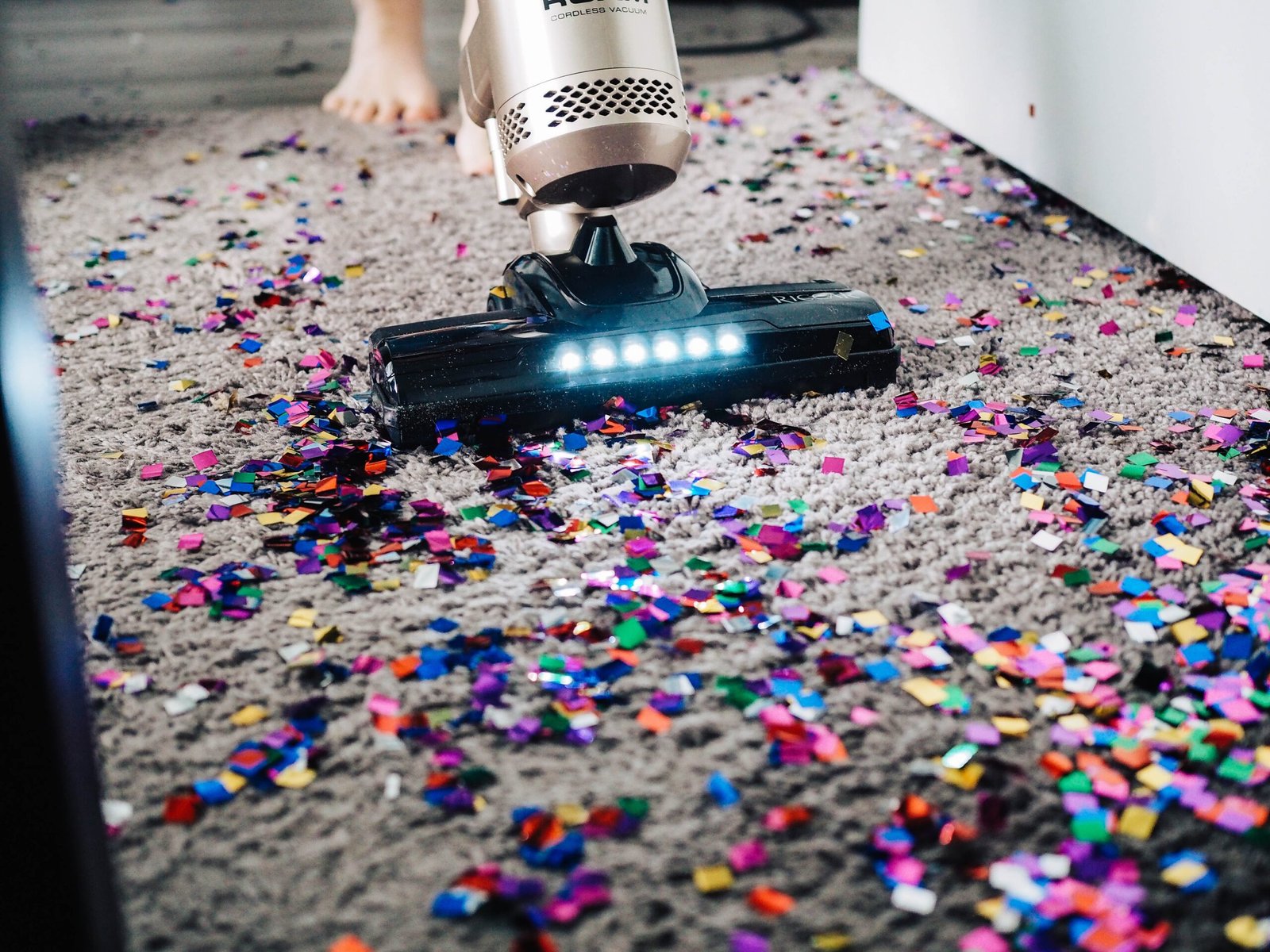Introduction to Vacuum Cleaner Evolution
Vacuum cleaners have become an indispensable part of modern living, making household chores easier and more efficient. Over the years, these cleaning devices have evolved significantly, from their humble beginnings to the advanced technology we see today. In this blog post, we will take a fascinating journey through the history and evolution of vacuum cleaners, exploring the key milestones, inventors, and technological advancements that have shaped the industry.
Early Inventions: Predecessors of Modern Vacuum Cleaners
The concept of vacuum cleaning dates back centuries, with several early inventions paving the way for the modern vacuum cleaner. One such predecessor is the manual vacuum cleaner, which relied on human power to create suction. These early devices, often made of wood and fabric, were effective at removing dirt and debris from carpets and floors.
However, it was not until the late 19th century that the vacuum cleaner as we know it today began to take shape. In 1869, Ives W. McGaffey patented the first mechanical vacuum cleaner, known as the “Whirlwind.” This device featured a hand-cranked fan that created suction to pull in dirt and dust.
The Birth of Electric Vacuum Cleaners
The real breakthrough in vacuum cleaner technology came with the invention of electric-powered devices. In 1901, Hubert Cecil Booth patented the first electric vacuum cleaner, which used a motor to generate suction. This marked a significant turning point in the industry, as electric vacuum cleaners quickly gained popularity due to their efficiency and convenience.
Throughout the early 20th century, various inventors made significant contributions to the development of electric vacuum cleaners. In 1907, James Murray Spangler invented the first portable electric vacuum cleaner, which featured a motor, a rotating brush, and a bag to collect dirt and debris. Spangler’s design served as the basis for future vacuum cleaner models.
Development Through the Decades
As the decades passed, vacuum cleaner technology continued to evolve, with new innovations and advancements improving performance and usability. In the 1920s, the introduction of the first upright vacuum cleaner revolutionized the industry. This design, pioneered by William Henry Hoover, featured a rotating brush and a self-contained bag, making it more convenient and efficient for users.
In the late 20th century, further advancements in vacuum cleaner technology emerged. Bagless vacuum cleaners, introduced in the 1980s, eliminated the need for disposable bags, offering a more sustainable and cost-effective solution. This innovation was made possible by the development of cyclonic separation, a process that separates dirt and debris from the air using centrifugal force.
The Rise of Cordless and Robot Vacuums
In recent years, vacuum cleaner technology has taken another leap forward with the rise of cordless and robot vacuums. Cordless vacuum cleaners offer greater mobility and convenience, allowing users to clean without the restrictions of a power cord. These devices have become increasingly popular, particularly for quick and easy cleaning tasks.
Robot vacuums, on the other hand, have revolutionized the way we clean our homes. These autonomous devices navigate through rooms, using sensors and algorithms to detect and clean dirt and debris. With the integration of smart features and connectivity, robot vacuums have become a convenient and time-saving solution for many households.
Impact of Regulations on Vacuum Cleaner Design
Over the years, regulations and standards have played a significant role in shaping the design and functionality of vacuum cleaners. Energy efficiency regulations, in particular, have driven manufacturers to develop more eco-friendly and energy-saving models. These regulations have led to the introduction of technologies such as low-power motors and improved filtration systems.
In response to these regulations, the vacuum cleaner industry has embraced innovation and adapted to changing consumer demands. Manufacturers have focused on developing lightweight, compact, and versatile vacuum cleaners that offer high performance while consuming less energy.
Future Trends: What’s Next for Vacuum Cleaners?
Looking ahead, the future of vacuum cleaners is promising, with exciting technologies on the horizon. One potential trend is the integration of artificial intelligence (AI) and machine learning, which could enhance the cleaning capabilities of robot vacuums. AI-powered vacuums could learn from user preferences and adjust their cleaning patterns accordingly, providing a more personalized cleaning experience.
Another area of development is the use of advanced sensors and mapping technology. This could enable robot vacuums to navigate complex environments more efficiently and effectively, ensuring thorough cleaning of every corner of the home.
Conclusion: Reflecting on Vacuum Cleaner Evolution
The history and evolution of vacuum cleaners demonstrate the remarkable progress made in cleaning technology. From the manual vacuum cleaners of the past to the smart and connected devices of today, vacuum cleaners have come a long way in improving the cleanliness and comfort of our homes.
As we reflect on the milestones and innovations in vacuum cleaner evolution, it is clear that these devices will continue to evolve and adapt to meet the changing needs of consumers. Whether it’s energy efficiency, convenience, or advanced cleaning capabilities, vacuum cleaners will play a vital role in maintaining clean and healthy living spaces.
